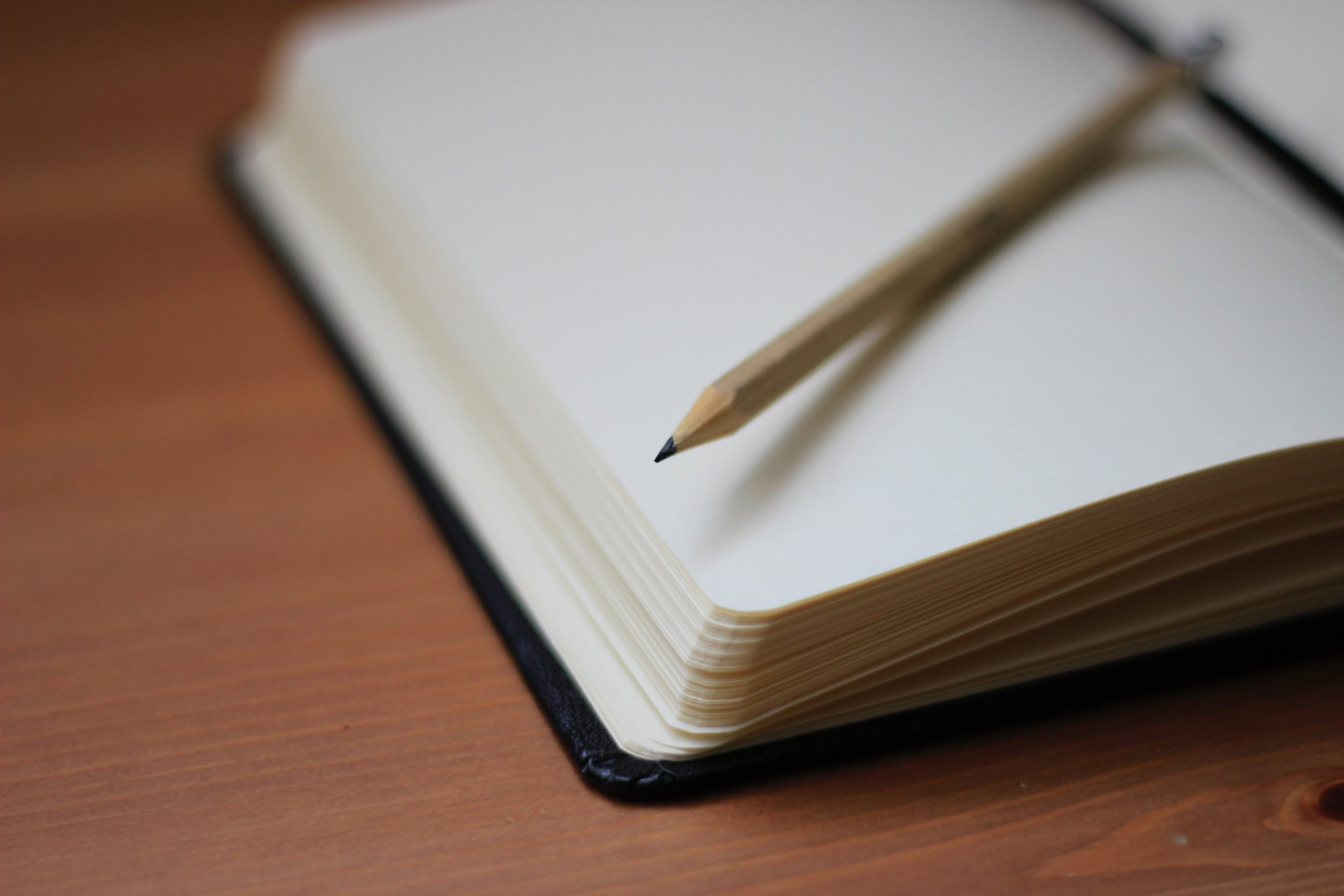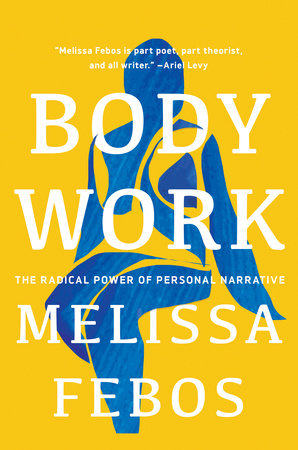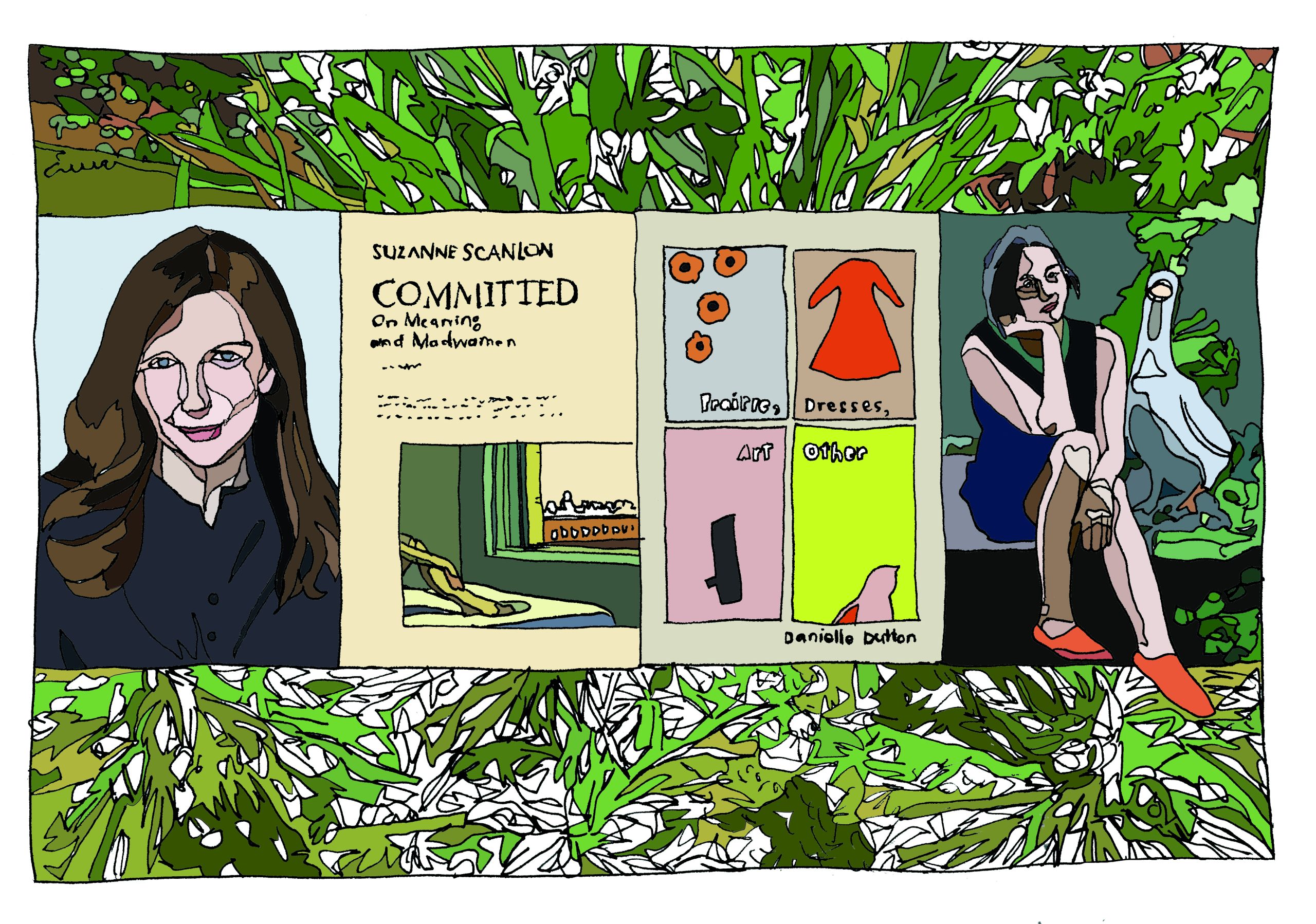interviews
Melissa Febos on the Value of Craft for Writing and Life
The author of "Body Work: The Radical Power of Personal Narrative" on how writing about trauma is an act of subversion

Even before its publication, Body Work: The Radical Power of Personal Narrative, Melissa Febos’ fourth book and her first on craft, has reignited conversations about the impulse to write—and silence—stories of violation and trauma. But Body Work is not a manifesto for literary suffering. It is an articulate call for understanding writing, especially autobiographical writing, as part of a larger liberatory politics, one that relies as much on deep personal introspection, as on collective and aesthetic engagement. For Febos, writing begins with waking up to the oppressive histories that inform our preconceptions of genre, aesthetic quality, creativity, and, perhaps most importantly, what kind of story is worth telling.
I read Body Work much as I read her third book, Girlhood: feverishly, drinking up the frankness and nuance with which Febos documents the subtle and secreted pains of living in an unequal world. Though I was already familiar with her work when I first read Girlhood, I was at the time writing about—and therefore unearthing—memories of how my own body had been taken and abused by boys and men. Girlhood felt daring in its simplicity—the courage it had to say, of ordinary and everyday experiences, that is violence.
I corresponded with Febos during the long first month of 2022. We discussed representations of sex and trauma, and how teaching, writing, and the lifelong work of examining how powers structures live within our bodies, are all interconnected practices.
Amanda Montei: In “The Return,” you describe the title of your book Abandon Me coming to you so clearly and certainly that you understood “why the Greeks assigned such moments to the will of powers beyond the self.” You write that despite this feeling that title “was not a gift from any muse” but rather “an intention, a decision come from deeper than my conscious mind, a wish, a prayer.” Can you share how you arrived at the title Body Work for this collection?
Melissa Febos: Tucked inside every book title is another story, invisible to readers, of the journey the writer took to arrive at those few but important words. Each of my book titles has a really different story. Body Work is sort of the least interesting, I think. It came from essentially spitballing phrases that suggested the right mood. I wanted to signal to potential readers that the book was not a typical prescriptive craft book, that it was less about how to deploy any kind of technical skill than how to integrate craft into the other fundamental processes of our lives, and how I’ve done that.
It’s often been taboo to talk about craft in terms of the personal—our psychology, our wounds, our politics, and perhaps most of all, our bodies.
We don’t talk about writing that way in classrooms, or at least that’s not the tradition historically. It’s often been taboo to talk about craft in terms of the personal—our psychology, our wounds, our politics, and perhaps most of all, our bodies. Of course, we bring all of these to our work, it is all in the work, but it’s considered sort of gauche to talk about in terms of craft, as if craft can and should exist in this intellectual vacuum that isn’t subject to the lower concerns of our beings. Referring to the body seemed to me the most direct way of signaling that I wanted to do an opposite kind of work. I almost titled the book after the first essay in it: “In Praise of Navel Gazing,” but I thought, why just the navel?, let’s step all the way into this exploration of process, let me bring the whole body right onto the cover of it.
AM: You write in detail in your essay “In Praise of Navel Gazing” about how the feminization and trivialization of personal writing is built upon the presumption that a woman who thinks is oxymoronic. Do you think there are elements of these sexist standards in the genre of craft writing as well?
MF: I think sexism and the false binary between what we associate with the “female” (domestic, emotional, corporeal) and “male” (intellectual) is baked into every element of our society, so, yes, it is certainly lurking within the genre of craft writing. The western canon, which is what most informs our literary methods and standards, is almost entirely populated by white men. How could that not create a masculinist ideal, a hierarchy that reflected the social values that elevated the work of those men?
Women (along with many other groups of people) have been summarily classed as inferior and anti-intellectual for longer than we have not. There are lots of people who have been writing about this for longer than I’ve been alive—I’d point to Helene Cixous’s écriture feminine as a good example, and obviously Virginia Woolf. This has shifted some in the past decade, and that shift is speeding up, as evidenced by the work of writers like Matthew Salesses, Felicia Rose Chavez, and Jane Alison.
AM: I love the section in “Mind Fuck” in which you describe coming to the realization that one “may need to be awake to their own sex” to write an awakened sex scene—a thesis, you say, you were hoping to avoid. Can you share a bit more about why you were hesitant to come to such a conclusion?
MF: I think people get the impression from my writing that I really enjoy and am drawn to processes of psychological awakening. Like, therapy is my idea of fun or something. In a way, it’s true, but almost entirely relegated to writing. Most of my god-given instincts tell me to box up my feelings and shove them into a storage space in my psyche. They suggest that eating candy and smoking cigarettes and watching Netflix is a far superior experience to excavating my own psyche and experience to draw insight that might transform me and liberate my mind and body from patriarchal structures. Those are the same instincts that would have me (and for a while a long time ago, did have me) shooting speedballs and engaging in various criminal activities. Heeding them would have had me dead years ago. So, I have very conscientiously cultivated an alternate set of instincts, ones that direct me to pastimes that will keep me alive. Getting sober at 23 was really the start of it, though I think I was much younger when I understood the artistic process as one of refuge and recovery, a place where I could say the unsayable and tease apart the concepts and beliefs that I otherwise took for granted.
Many writers never get far because they don’t learn how to counter the internal voices that want to silence them, whose refrains are about self-indulgence and navel-gazing.
All of which to say that the intelligences that I rely upon in my work translate directly to my life. If I want to be empathic in my work, I must ultimately be so in my living. If I want to write about liberation in my work, I have to do that work in my life. And writing is often the route to it. It is one of the main reasons why I will never stop writing, because for whatever reason, I am willing to do that work in myself for art, and not much else. Otherwise, I might sink into a life defined more by disassociation than integration, or awakening. But that doesn’t mean I don’t dread it, you know? My other instincts still cry out for Netflix and jellybeans. That’s what I meant by that dread. It’s the dread I feel before every therapy appointment. Like, ugh, can’t I just float three inches outside of my body forever and never look at anything? But then I go to therapy, I write the essay, I transform myself again and nothing is more important or valuable than the freedom that follows.
AM: You write that “social justice has always depended on the testimonies of the oppressed” and that it is subversive to write about trauma, “the resistance to memoirs about trauma is always in part… a resistance to movements of social justice.”
Is there a line in your mind between what you call the “emotional confrontation with the self” and autobiography that is gratuitous in its representation of trauma?
MF: Oh, sure. When I was a younger writer, I had this powerful urge to just write it all out, to say the worst and hardest thing and kind of force-feed it to the reader, rub their face in it a little. I think I came by this honestly, and that the desire was twofold. One, I wanted to defy all the messaging I’d received that my worst experiences were tedious, unremarkable, shameful, boring, navel-gazing, attention seeking, unsightly, whatever. Two, I really needed to spell it all out for myself, to reconstruct the story of my own woundings, or simply the most confounding parts of my own experiences. Those desires were valid, right? But they had nothing to do with making good art.
I think some folks, especially early on in their writing lives, don’t get very far past that stage, particularly of needing to spell out what happened, to simply put words to it. But this kind of storytelling can be rough for a reader. It’s often not worth it. For me, if it isn’t offering something beyond the facts of the trauma, I’m not really interested in suffering through the description of it. It might be compelling, but it isn’t really worth adding to my psychic collection of trauma stories, which is already stuffed. What I look for and value in such stories is the story that comes after the events that drive it; the story of the writer’s survival, how she learned to move through the rest of her life with the legacy of it. How she was shaped by it, or exorcised it. This is not to say that I want every writer to be healed before I’ll read their story, but I do want them to make something out of it. That can be done through narrative, but also through lyric means, through all manner of aesthetic methods combined with the psychological and intellectual. And I’m not interested in universalizing my own limits: my line between worth it and not worth it is simply mine; every reader learns soon enough where theirs is.
AM: You dedicate this book to your students. Can you talk a bit about how your teaching practice informed the development of the essays in this book?
MF: This book would not exist without my students. It is really my side of a conversation I’ve been having in the classroom for 15 years. It is the book I wished I could give them, but could never find. Which is, I guess, the drive behind every book I’ve written—a desire to create the thing I need most.
When I started teaching memoir to college students I was like 26, and just talking to them about voice and plot and why to restrain our use of adverbs, but as the years passed, the deeper challenges of the genre came more into focus, in myself and in my students. They could learn plot structure, how to “omit needless words” (as Strunk and White advise), and even hone their metaphors, but the elements of craft as I’d learned them did not account for or address or even acknowledge their greatest challenges. Nor had they addressed mine. These challenges arose not from lack of skill or experience but from a lack of confidence, and to a certain extent, a misunderstanding of the artistic value of personal writing. What impeded their work most, what prevented them from even delving into the more technical craft concerns of memoir, was their internalized belief that their stories had no value. That they would be condemned in some way for even trying, for the belief that art made from their own lives might be worth a stranger’s time.
So, over time, the things I talked about in class began to include instruction not only in metaphors and narrative structure, but the more intimate work of discerning whose beliefs were preventing them from even starting. Many writers never get far because they don’t learn how to counter the internal voices that want to silence them, whose refrains are about self-indulgence and navel-gazing. What I have tried to explain to them is how those voices are so often the internalized voices of social structures that benefit from their silence. The idea that their story isn’t interesting or valuable doesn’t come out of their own experience—they often love personal narratives of lives like their own—but rather, the white supremacist/patriarchal/compulsively heterosexual/ableist/transphobic ethos that we all grow up swimming in.
AM: The book closes with you writing, so tenderly, about the memoir as monument, as a return to the past to make something new of what was, a redemption, a freeing from “old harms,” and a change of heart that occurs on the page. How did writing Body Work heal or transform you?
MF: Because it’s sort of a meta-work, it functioned differently for me than my other books. It was less about healing than about clarifying my own thinking, and constructing the story of my own becoming as a writer. It was an exercise in making my own motives and insights explicit, both to the reader and to myself. We are always operating on a set of beliefs, sometimes conflicting ones, but we needn’t be aware of it. The work of writing nonfiction is so much the work of becoming conscious. In this sense, it was the most essayistic of my essay collections—I was very consciously working my way through a set of ideas and their origins to figure out what I believed, and how I got to it. The consequence is that it has further freed me from my own insecurities as a writer. There is no way for me to ever doubt again that writing has been the site of immeasurable change, has grown me more than any other single pastime. Also, that my best work is almost inevitably that which most transforms me, and in which I have most challenged myself.









